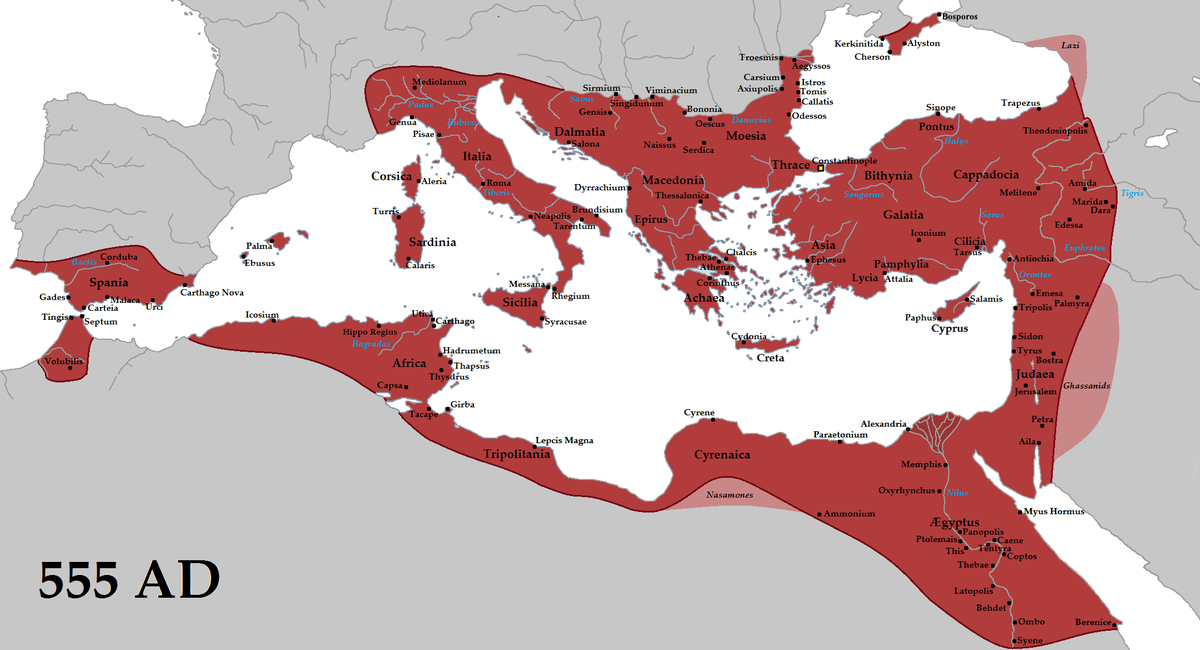Ahh, but is it native food or imported?Believe it or not, it is actually possible
Ahh, but is it native food or imported?Believe it or not, it is actually possible
Compare it with the Turkish breakfast I just casually found on my tweeter accountThis was a pub lunch at the weekend.
Well, the Greek is more or less right. The way he says it not very polite.2 eggs... with salami or sausage in sauce... olives... rolled bread... some kind of dish with green herbs on top? And the rest... it's difficult for me to guess...It does look delicious


Not sure, perhaps below links. There are regional variations. Chickpeas are original from the region.Ahh so the dish with the green herbs on top is hummus

Pepper is from India, but not the (pickled) pepperoni you see there, that is from America.peppers from the spice islands or india

At the moment, cities that are continuously inhabited since before the bronze era till today are being destroyed, flattened.It's interesting how, in some ways, the roman empire is still with us. Many of the old structures still survive, underneath the modern countries. Even the roads and bridges, and towns, in many countries have roman foundations.
Do not forget the Ketchup of the time ..."The ancient Roman diet included ...


Yep. But I think the tastiest foods sound disgusting when you read the recipe.Sounds lovely
While I'm certainly partial to a nice ripe Camembert, or a good Roquefort, there are clear examples of where British cheese outshines the French. Cheddar is one. Aged Cantal is usually recommended as a substitute, but it just can't compete.and the cheese is a special local smoked cheddar with nettles.
